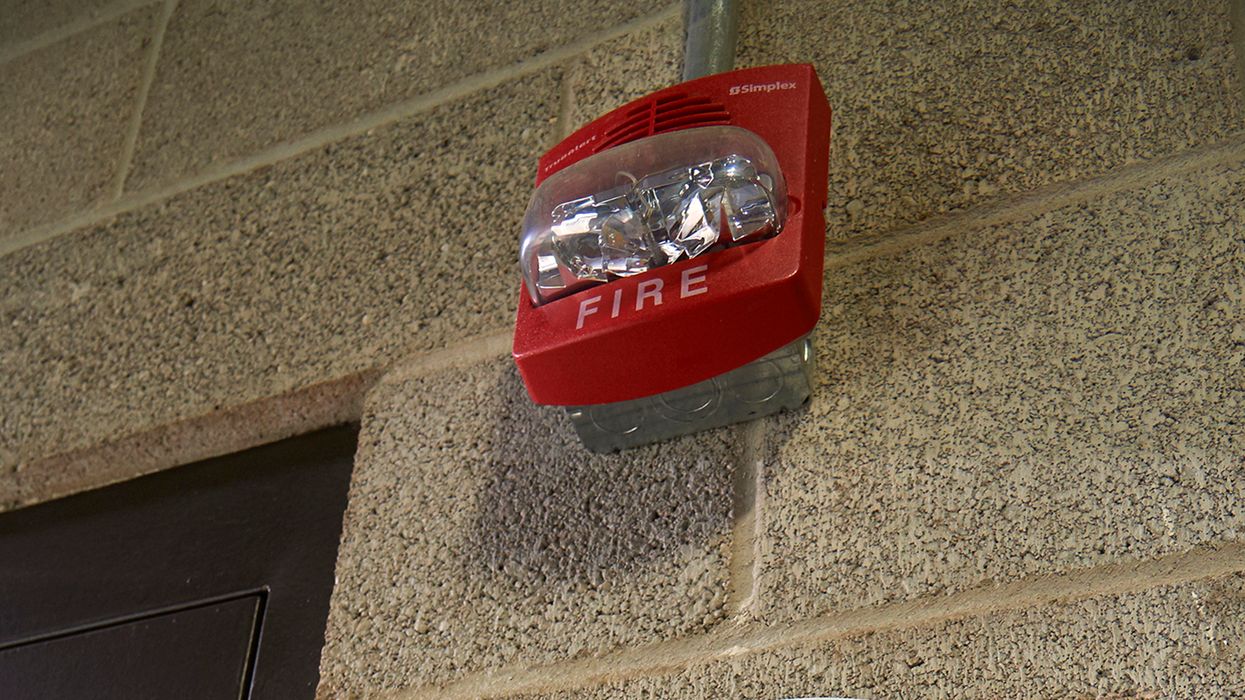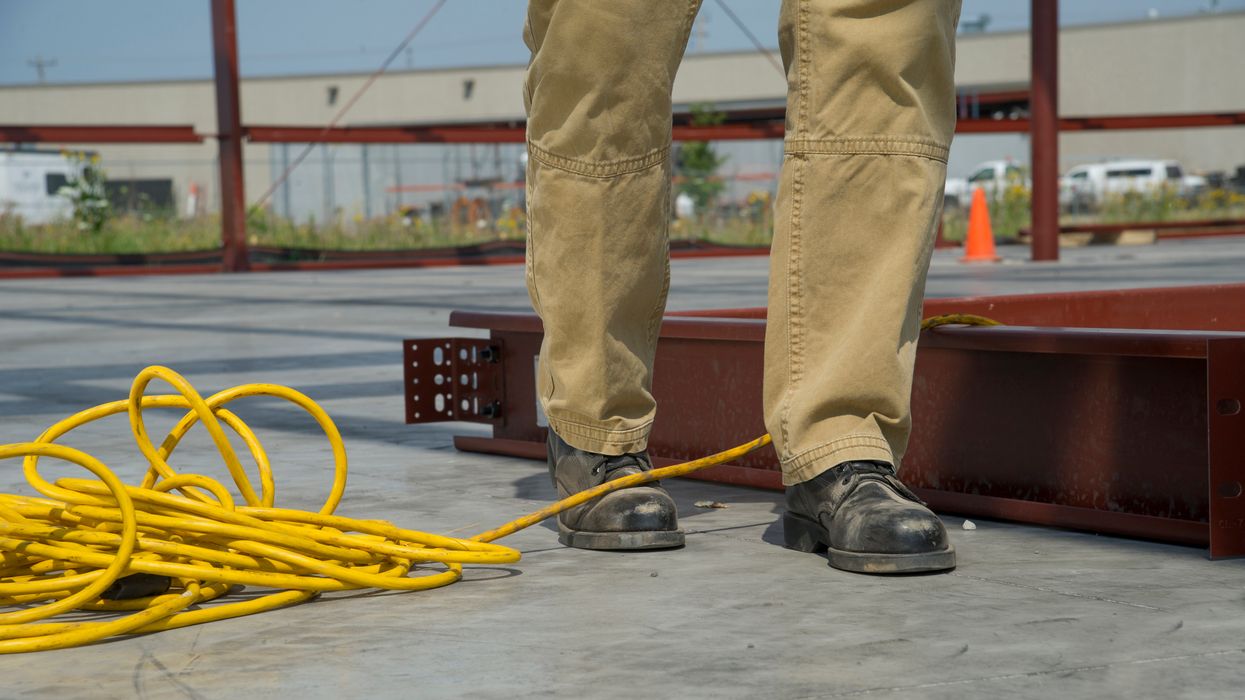Emergency alarms: Sound matters!
OSHA requires employers to provide an early warning to employees for emergency action when situations require escape or sheltering. But does the type of alarm really matter? According to the regulations, it does.
Sounding off for safety
Employee alarm systems must provide appropriate warning for employees that allows time for safe escape from the workplace or danger to the workplace. Employers with 11 or more employees are required by OSHA to provide an alarm or warning system. Per the Emergency Action Plans Standard (29 CFR 1910.38), alarm systems must use a distinctive signal for each purpose. So, sound does matter!
NOTE: For employers with fewer than 11 employees, direct voice communication is sufficient for warning employees provided all employees can hear the warning.
Alarm systems can be a call to get more information, get inside, or get out. For example, a monthly test to ensure alarm systems or sirens are working may be followed by an informative message to check radios and perform other preparatory activities. Some alarms warn employees to seek shelter in an interior room or lower level to protect from a tornado or hurricane, while other alarms indicate the need to evacuate a burning building.
Workplaces are full of different sounds like forklift back-up alarms, vehicle honks, and beeping air monitors. Employers are challenged with differentiating between these sounds and emergency alarm sounds. Further complicating matters, because OSHA doesn’t mandate what signals are used for each purpose, different organizations have different alarm types.
Many organizations use a rising and falling tone indicating the need for evacuation and a steady 3-minute wail to indicate the need to shelter-in-place. Others choose a simple repetitive beeping sound for evacuation and an intervalled whooping sound for sheltering in place. Regardless of the type of alarm, employees must be trained to listen for each distinct alarm sound and know how to react accordingly.
Which OSHA standards require or reference alarm systems?
It’s not uncommon to think the Emergency Action Plans (EAP) Standard is the only reference to alarm system requirements. However, employers must be aware of the other standards that apply, including:
- Employee alarm systems (29 CFR 1910.165)
- Maintenance, safeguards, and operational features for exit routes (29 CFR 1910.37)
- Powered platforms for building maintenance (29 CFR 1910.66)
- Flammable and combustible liquids (29 CFR 1910.106)
- Hazardous waste operations and emergency response (29 CFR 1910.120)
- Portable fire extinguishers (29 CFR 1910.157)
- Fixed extinguishing systems, general (29 CFR 1910.160)
- Fixed extinguishing systems, dry chemical (29 CFR 1910.161)
- Fixed extinguishing systems, gaseous agent (29 CFR 1910.162)
- Fire detection systems (29 CFR 1910.164)
Alarm systems aren’t the only piece of the emergency notification puzzle. Employers should identify workplace hazards, additional workforce members (contractors, temps, students, etc.), and Americans with Disabilities (ADA) concerns to ensure EAPs are safe and effective for everyone. Training is imperative and should include regular refreshers and drills to refine responses.
Keys to remember
Weather and other situations can be cause for emergency workplace evacuations or sheltering. With employees focused on work, it’s imperative they understand the differences in alarm types. This is not just to be alerted to danger, but also to know how to react. OSHA requires a distinctive signal for each alarm for these reasons. Most employers are familiar with EAP requirements, but other important regulations related to workplace alarm systems require understanding as well.



















































